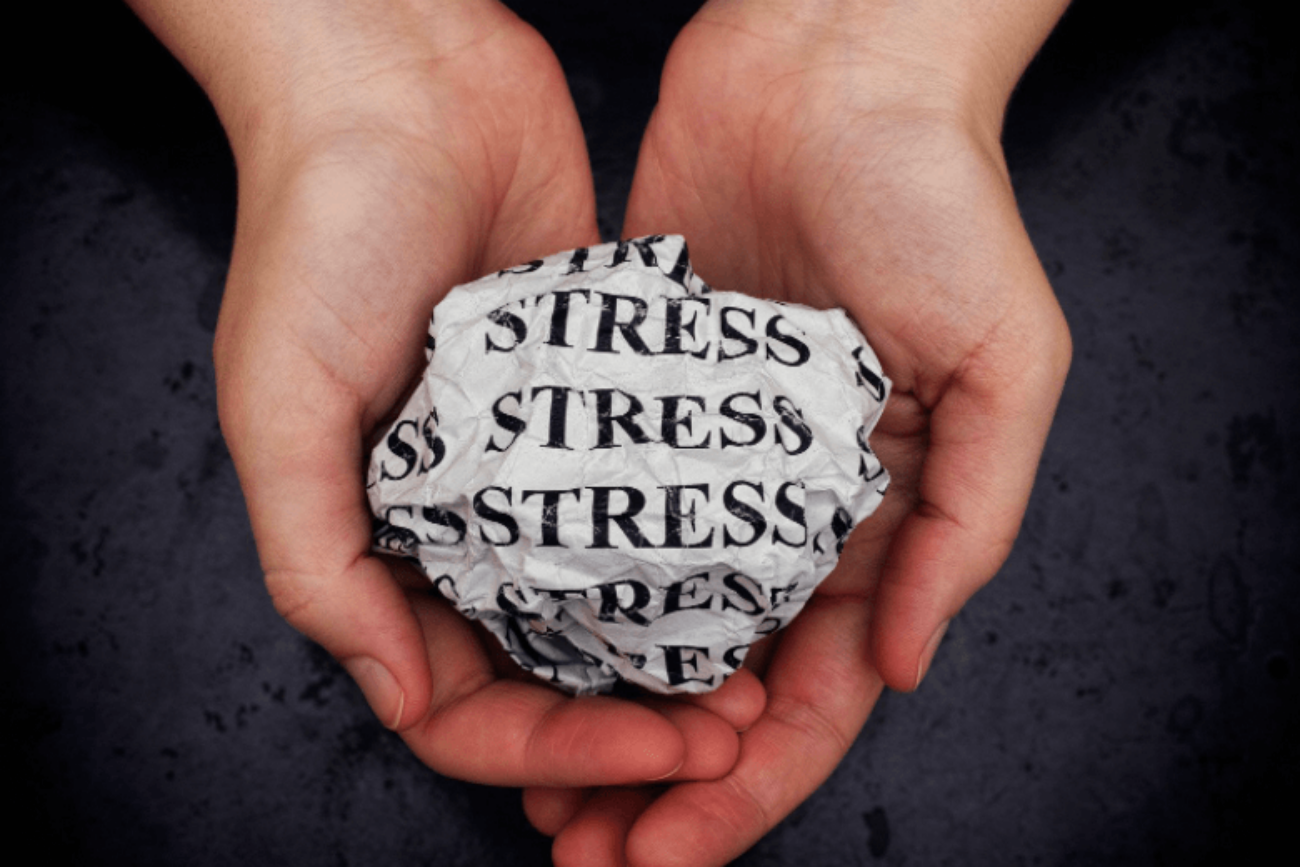Employee burnout has been an issue we’ve been hearing about in recent years, but more often than not companies have yet to address the growing issue impacting many employees. 64% of employees have reported that they would rather take a less stressful work environment over a 10% higher salary. With the future remaining uncertain amid COVID and several other factors, it’s essential for employers to take action and provide the right resources.
"Burnout impacts employees regardless of age or experience level and is characterized by the rising levels of psychological and physical stress that employees endure."
Burnout impacts employees regardless of age or experience level and is characterized by the rising levels of psychological and physical stress that employees endure. Not only does burnout have an individual impact on a person, but it can also have a long-term impact on the business as it contributes to low productivity and employee retention risks. While it’s not considered a mental illness, it has been recognized as a mental health issue by the World Health Organization (WHO).
Let’s discuss employee burnout in more detail, and also have a look at what can be done to mitigate the issue.
Pre and Post-COVID Stats
In a report by Indeed, 43% of survey respondents claimed to have experienced burnout (pre-COVID) which has since increased to 52% (post-COVID). Among millennials, the number has risen from 53% to 59%, making them the most severely affected by this issue. The pandemic has also increased burnout among baby boomers, with data indicating a 7% increase in 2021. Overall, 80% of the survey respondents report that COVID-19 has impacted workplace burnout.
Common Causes of Employee Burnout
Common causes of employee burnout include heavy workloads, experiencing a lack of control over schedules, career stagnation and monotonous work, inability to achieve a work-life balance, and feelings of under-appreciation. With the added challenge of COVID, many employees also suffered from feelings of social isolation, the struggle to balance childcare and work, and the inability to properly focus while working during a pandemic.
Signs of Employee Burnout
Burnout is characterized by exhaustion, cynicism, and a loss of efficacy. Common signs to identify that an employee is suffering from burnout are changes in attitude, decrease in motivation, and/or a lack of engagement.
Many employees themselves may not be able to identify that they are being impacted by burnout and continue to struggle with their physical and mental wellbeing. Often times employees continue to work while struggling with feelings of inadequacy and dissatisfaction.
In addition to mental health impacts, symptoms of burnout can have detrimental effects on an employee’s physical health as they contribute to insomnia, high blood pressure, heart disease, diabetes, and many other chronic issues.
Stages of Employee Burnout
Like many mental health issues, employee burnout has its stages. The first one is called the “honeymoon phase” where employees are entrusted with a new job or responsibility and feel that there is an increased need or desire to prove themselves to their employer.
This leads to the onset of stress, where employees experience difficulty in doing their job and have feelings of stress, anxiety, lack of focus, and other emotional, mental, and physical effects. This leads on to the third stage, which is referred to as chronic stress, where an employee constantly feels angered or irritable, and often miss out on work, among other factors.
Stage four is burnout in itself, where an employee may find it harder to cope with work and life together. Everyone has a different threshold that determines how much they can endure before reaching this stage. People often experience changes in their behavior during this stage and many other symptoms.
The last stage is called habitual burnout, where an employee is so used to experiencing symptoms of factors like chronic sadness, depression, physical fatigue, and many others.
How Can Employers Help?
Employers have a major role to play in helping employees avoid burnout or come out of it, mainly by changing things around the workplace. The first thing they need to do is to practice effective and open communication. Whether it be regarding company updates, or routine check-ins to see how your employee is feeling, opening up the lines of communication offers an environment of support. Human Resources can offer assistance in training managers to recognize signs of burnout and how they can effectively offer help to their employees.
Evaluating and improving the work culture is another way leaders can help prevent feelings of burnout. Being sure to recognize employees for their efforts and allowing opportunities for engagement can contribute to a positive work environment. Additionally, imposing realistic work limits, encouraging time- off, and offering flexibility in scheduling is another way to emphasize the importance of a work-life balance.
Moreover, evolving employee perks and benefit offerings to include mental wellness initiatives such as meditation breaks, gym benefits, access to mental health resources, and utilizing employee survey data to improve the employee work experience can help boost productivity and increase employee satisfaction. Creating initiatives to promote physical activity and self-care can also influence employees to prioritize their wellbeing and give them a better sense of protection. Investing in these resources can help employers in the longer term prevent employee turnover and ultimately contribute to a healthier, more engaging work atmosphere.
If you’re interested in learning more about TouchCare’s MindCare service, reach out to us here.
Inhale. We've got this. Exhale.
Understanding healthcare; with us, it’s personal.


